Kuruçeşme’deki İncirli Şaraphane’de Türkiyenin ilk içki kültürü dergisi Gusto’nun Yayın Yönetmeni Mehmet Yalçın yönetiminde gerçekleştirilen. Türkiye’nin en seçkin 12 rakısının karşılaştırmalı olarak tadıldığı 2 saatlik etkinlikte rakılara ançüez, tarama, lakerda, peynir ve beyaz leblebi gibi klasik mezeler eşlik etti.
Gusto Yayın Yönetmeni Mehmet Yalçın’ın yönetimindeki tadımda, Türkiye’nin en tecrübeli içki uzmanlarından, uzun yıllar Tekel’in rakı ve likör fabrikalarının müdürlüklerini üstlenmiş şimdi ise Beylerbeyi Rakı Üretim Müdürü Talat Kağan da birikimlerini bizlere aktardı. Rakının kalitesini belirleyen kuru üzüm,yaş üzüm ve anasonun farklı çeşitleri tadılarak, rakının uluslararası benzerleri Uzo ve Pastis gibi içkilerle kıyaslamalarının yapıldığı, rakı ve meyhane kültürü ile ilgili bir belgesel filmin izlendiği. Mustafa Kemal Atatürk ve silah arkadaşlarının özlemle anıldığı güzel ve zevkli bir tadım gerçekleştirdik.
Her katılana Türkiye’deki rakı ile ilgili en değerli kaynak olan Rakı Ansiklopedisi’nin armağan edildiği ve “Rakı Tadımı” rakı dostu sertifikasının da verildiği Gusto Rakı Günü için her rakı severin ve içki kültürüne meraklı herkesin katılmasını öneririz.
500 yıllık bir kültürün hikayesi bu,öyle kıymetli öyle sağlam ki temelleri, hala daha nesilden nesile korunan,sahiplenilen bir kültür rakı kültürü. Rakının varlığını gösteren en eski belgeler 16. Yüzyıla aittir. 17. yüzyılda ise imbikten rakı veya distile alkollü içki damıtma işleminin kırsal ve kentsel alanda yaygınlaşmaya başladığını düşünürsek, rakı bize bu toprakların bıraktığı en büyük miraslardan biridir diyebiliriz.
Bu kültürün büyüklüğü tarihe damga vurmasından bellidir. Şiirlere tıpkı ‘aşk’ gibi konu olmasından da bir ülkenin coğrafi milli içkisi mevzu bahis. Bu ülkenin edebiyatçısına, ressamına, devlet adamına, şarkıcısına, esnafına, halkına mal olmuş bir içki. Bugün dostluğun, muhabbetin, paylaşmanın ve samimiyetin sembolü, sofraların bir büyüğü…
Rakı özgündür, Rakı öyle kuru kuru bir içki değildir. Kendi mutfağını kendi adabını yaratmış Dünyada eşi benzeri olmayan bir içkidir.
Rakı paylaşmaktır, Rakı yalnızlığın içkisi değildir. Masayı donattığımız mezeleri kaşık kaşık paylaşmaktır. Mutluluğu, heyecanı,duyguları memleket meselelerini paylaşmaktır.
Rakı ritüeldir, Rakı sıradan değildir. Kadehe doluşundan sofradan kalkışına kadar kendi usulü vardır. Kuralları değil adabı vardır. Rakı kadehinin şerefine tokuşturulması bile masanın büyüğüne haizdir.
İşte bu kültürünün doğuşundan bugüne belli bir ritüel kazanmış milli içkimiz olmuş rakıya dair nasıl yapılır, evreleri farklılıkları nelerdir ve tadıma ilişkin notlarımızı burada bulabilirsiniz.
Rakı nasıl yapılır; İlk aşama sumanın oluşturulmasıdır. Suma üzüm suyunun damıtılmasıyla elde edilir. Üzüm suyu fermante edilir ve şıra hazırlanır. Maya ile fermantasyona uğratılarak üzüm içerisindeki şeker alkole dönüştürülür. Buradan elde edilen sıvı (mayşe) en fazla %94.5 alkol içeriğine kadar damıtılarak saflaştırılır ve bu işleme distilasyon denir. Distilasyon sonunda üzümün kendine özgü aromasını taşıyan suma (üzüm distilatı) elde edilir. Günümüzde rakı çoğunlukla %65 suma üzüm alkolü %35 tarımsal kökenli etil alkolden oluşur. Bu aşamadan sonra suma 5000 litrelik geleneksel bakır imbiklerde anason tohumu ile birlikte ikinci kez distile edilir. Damıtma işlemi 45 saat sürer. İlk olarak keskin kokulu ve beyaz renkli baş ürün akar. Alkol derecesine bakılarak ve saat hesabı yapılarak orta ürün ayrıştırılır. Son ürüne geçiş kararı da aynı şekilde verilir. Böylece kaliteli orta ürün elde edilir.İşte göbek rakısı deyimi de buradan gelmektedir.
Yüzyıllar önce Rum ve Ermeni şarapçılar üzüm posalarını imbikten geçirerek alkol damıtıyorlardı. İtalyanların yaptığı gibi güzel grappa lar değildi bunlar. O zamanların şarap yapımcıları üzüm posalarını muhafaza etmekte zorlandılar. Küflendi sirke sineklerinin hücumuna uğradı ve bunlardan yapılan alkol çok kötü kokuyordu. Bunu gidermek için bir daha damıtalım dediler ve içine kimi ıhlamur, kimisi tarçın, kimisi,hardal tohumu kimisi de anason attı ve anason atanlar rakı yapımının ilk mucidi oldular aslında.Anason hem koku hem de içindeki anetol sayesinde su katıldığında beyazlamasını sağlıyordu. Dünyada hiçbir içkide bu özellik yoktu.
Tadım yaptığımız Rakılar nelerdi, ve tadıma ilişkin öncelikler nelerdir;
Öncelikle rakı sek tadılmalıdır ve koku lezzetin temsilcisidir. Burada rakı gözle ve kokuyla test edilir daha sonra tadılır. Rakıdaki en büyük kusur kaba ve kötü alkol ve birde zayıf anasondur.
1-Beylerbeyi Klasik (% 100 üzüm (suma) alkolünden yapılmış başarılı bir rakı.)
2-Beylerbeyi Yaş Üzüm ( %100 yaş üzümün vermiş olduğu taze meyvemsi ve üzüm kokusu hissediliyor. İçimi göbek rakısı kadar başarılı ve yumuşak değil.)
3-Burgaz Göbek Rakısı ( Adı göbek rakısı fakat diğer denediğimiz göbek rakıları gibi yumuşak değildi nedeni de Ena dediğimiz etil alkol kullanılmasıymış.genizde yakıcı bir his bırakıyor.)
4-Beylerbeyi Göbek Rakısı (Son zamanlardaki favori rakımız oldu.İçimi yumuşak,tatlı ve genzi rahatlatan bir yapısı var. Suyla karıştıktan sonra kadehte kaymak gibi beyaz bir formu var. Yoğun derecede anason tohumu kullanılmış % 100 üzüm (suma) rakısı. Bunun için Göbeğin göbeğinin göbeği diye niteledi Beylerbeyi rakı üretim müdürü Talat kağan ve Mehmet Yalçın.
5-Efe Geleneksel ( Alkollü içki üretimini Devlet tekelinden çıkmasıyla yaygınlaşan ve kendine özgü müdavimleri olan markamız Efe. Geleneksel rakı bileşenleri ve yaş üzümün meyvemsi tatları baskın.
6-Efe tek İmbik ( Rakı üretimi Devlet tarafından yasalara sıkıca oturtulduğu için içine farklı bir tat verici madde koyamıyorlar haliyle ve rakıları tek imbik 3 distile, meşe fıçı vs gibi evreleriyle çeşitlendirmeye çalışıldığı bir modeli karşımızda. Açıkçası belli bir noktadan sonra birbirleri arasında fark çok hissedilemeyebiliyor. Dolayısıyla diğerleri kadar fark yaratmadı bende.)
7-Tekirdağ Rakı Kavrulmuş Anason (3 kere distile edilmiş ve %30 u kavrulmuş anasonla imal edilmiş en yeni rakılardan biri. Ben kavrulmuş tadları içkilerde sevdiğim için çok beğendim ama her damağa hitap etmeyebilir.)
8-Yeni Rakı Ala ( % 100 suma alkolünden yapılmış.Üzüm sumasının 3 kez distile edildiğini duymuştum. İçimi hafif keyifli Ala dedirtiyor. Kadehte çalkaladığımızda beyaz ve yoğun damlacıklar görülüyor.)
9-Kulüp Rakısı (Sınırlı sayıda üretilmesiyle efsaneyi yaşatan içimi en sert, en yoğun anasonlu ve en keyifli rakılardan.
10-Tekirdağ Altın Seri ( Meşe fıçıda dinlendirilmesi sonucu hafif sarı rengiyle ve aromasıyla güzel bir göbek rakısı.
11-Sarı Zeybek (Ağızda ve genizde kadifemsi etkisi ile en iyi yaş üzüm rakılarından biri bence)
12-Efe 5 Yıllık (Bakır imbiklerde damıtıldıktan sonra 5 yıl boyunca Fransız Meşe fıçılarında eskitilen ve meşe fıçıdan gelen aromalarla anason birleşince daha kıvamlı damakta dolgun bir yapı oluşturmuş görünüm ve tat olarak brendi ye benzetilen bir rakı bu.)
Mehmet Yalçın’ın keyifli ve bilgilendirici anlatımı ve rakılarımıza eşlik eden mezelerimizle çok güzel bir akşam geçirdik Gusto Rakı Gününde. Etkinlik sonunda Rakı dostu sertifikalarımızı ve Rakı Ansiklopedimizi alıp dolu dolu bir milli içki (Rakı) uzmanı olmuştuk. En azından dost meclislerinde suma, ena melas distilasyon, imbik, göbek, anetol gibi kavramlardan bahsedip bilgimizi paylaşabiliriz. #KanGurular #Fuat Ş
The most elite 12 kinds of rakı of Turkey were tasted in the 2 hours tasting event arranged at İncirli Şaraphane, Kuruçeşme moderated by Mehmet Yalçın, the editor of Gusto, the first drink culture magazine of Turkey. Classic mezes like anchovy, roe pate, bonito pickled in brine, cheese and white chickpeas accompanied to the rakıs.
Talat Kağan, one of the most experienced drink experts of Turkey, who is Beylerbeyi Raki Production Director now transferred his knowledge to us. He has made the directorship of rakı and liquer factories of Tekel along years. We carried out a nice end enjoyable tasting. It became a tasting that we tasted different kinds of raisin, fresh grape and anise that determines the quality of raki, compared it with international similar drinks like uzo and pastis, watched a film related with raki and public house culture, commemorated M.K. Atatürk and his fellows.
We advise every raki lover and curios person for drink culture to join the Gusto Raki Day that the most valuable source “ Raki Encyclopedia” about Raki in Turkey was gifted to every participant and also given “Raki Tasting” certificate
Raki culture is almost 500 aged. Its bases are so deep and valuable that it has been protected throughout generations. The oldest documentaries showing its presence are belongs to 16th century. The process of raki or distilled alcohol drink refining from retort has started to common at rural and urban areas in 17th century. So rakı is one of the greatest heritages of these lands for us.
The greatness of this culture is understood from its brand to history or being theme to the poems like love. The national drink of a country is in question. It is a drink that being accepted by painter, statesman, singer, artisan, public of this country. Today is the symbol of friendship, conversation, sharing and sincerity.
Raki is unique. There is no alike drink in the world. It has created its own ritual. Raki means sharing. It is not the drink of loneliness. It means the sharing of mezes on the table, happiness, excitement, feelings, problems of the country.
Raki is ritual. It is not ordinary. There is own style from pouring to the glass to the taken from the table. It has a ritual not rules. Even the right to clink the rakı glass is belongs to the elder of the table. So, you can find the notes on how it is made, its phases and differences, its tasting in here. How Rakı is made? The first level is the making of “suma”. Suma is made by the distillation of grape juice. Grape juice is being fermented and prepared “şıra”. The sugar inside the grape is turned into alcohol by fermented with yeast. The liquid (mayşe) provided from this process is purified maximum till %94,5 alcohol. This process is called as distillation. As a result of distillation suma ( distilate of grape) that carries the own features of grape is provided. Today, raki is mostly composed of %65 suma, %35 agricultural ethyl alcohol. Suma is distillated second time with anise seed in traditional 5000 liter volume copper retorts. Distillation process continues 45 hours. Firstly, white coloured and tangy head product pours. Medium products is separated by examining alcohol degree and making hour calculation. The decision of passing the last product is given in the same way. So the qualified medium product is provided. The phrase of core raki is derived from here.
Centuries ago Greek and Armenian winemakers have distillating alcohol by filtering the grape dregs passing through retort. These ones were not nice like grappa made by Italians. Winemakers got difficulty to protect the grape dregs. They molded, attacked by fruit flies and the alcohol made from this was smelling horrible. They want to make another distillation to eliminate this. Some of them added cinnamon; some of them added linden, mustard seed and some of them added anise. Actually the last group became the inventor of raki. Anise was providing both smell and to whiten thanks to the anetol inside of it when water was added. There is no this feature in any other drinks in the world.
What were the raki kinds we tasted and what are the privileges related to the tasting? First of all, Raki should be tasted as dry and scent is the representative of the taste. Raki is tasting after tasted by eye and nose. The worst defects in the raki are bad alcohol and weak anise.
1-Beylerbeyi Classic :It is a successful raki that made of %100 suma.
2-Beylerbeyi Fresh Grape: You can feel the scent of %100 fresh grape. It has a fruity scent. It has not pleasant and soft taste as bell raki was.
3-Burgaz Core Rakısı: Its name is core raki but it was not soft like other core raki kinds we tried. The reason of this is used ethyl alcohol called ena. It is leaving a burning feel on the throat.
4-Beylerbeyi Core Rakısı: It has became a favourite raki, recently. It is easy to drink, sweet and relaxing the throat. Its form like clotted cream in the glass after mixed with water. It has been used intensively anise seed. It is made of % 100 raki of suma. Talat Kağan and Mehmet Yalçın described it as core of the core of the core.
5-Efe Traditional: It is a common brand after production of alcohol was got rid of state monopoly. The fruity taste of fresh grape and traditional raki ingredients are domestic.
6-Efe One Retort: Due to the production of raki is strictly standardized by the government; they cannot add any different flavouring materials. So raki kinds are tried to diversified with the phases like one retort, three times distilled, oak barrel. Honestly, you cannot feel the difference after a certain point. Therefore, it did not create any difference for me as the others did.
7-Tekirdağ Rakı Roasted Anise: It is one of the newest rakis. It has been distilled three times and producted from %30 roasted anise. I loved it due to I like the roasted tastes in drinks but it might be appeal for everybody.
8-Yeni Rakı Ala: It is made of %100 suma alcohol. I have heard that the suma of grape has been distilled three times. It has a pleasant and light drink. When you shake in glass, white and dense droplets are seen.
9-Kulüp Rakısı: It is one of the hardest raki to drink, the most anised, and most enjoyable. It is a legend due to the it is producted limited number.
10-Tekirdağ Gold Serie: It is a nice core raki with its light yellow colour and fragrance. It is aged in oak barrel.
11-Sarı Zeybek: It is one of the best fresh grape rakis according to me. It has a velvet effect on mouth and throat.
12-Efe 5 Yıllık: It is aged in French oak barrels along 5 years after distilled in copper retorts. When the anise and the fragrances coming from oak combined, it composed a consistent, bodied raki on the palate. It is a raki kind that similar to brandy in respect of vision and taste.
We experienced a nice evening at Gusto Raki Day thanks to the informative and enjoyable narration of Mehmet Yalçın and mezes as siding. At the end of the event we took our friend of raki certificates and became a national drink expert. At least we can talk about terms like suma, ena melas distillation, retort, core, anetol and share our information. #KanGurular
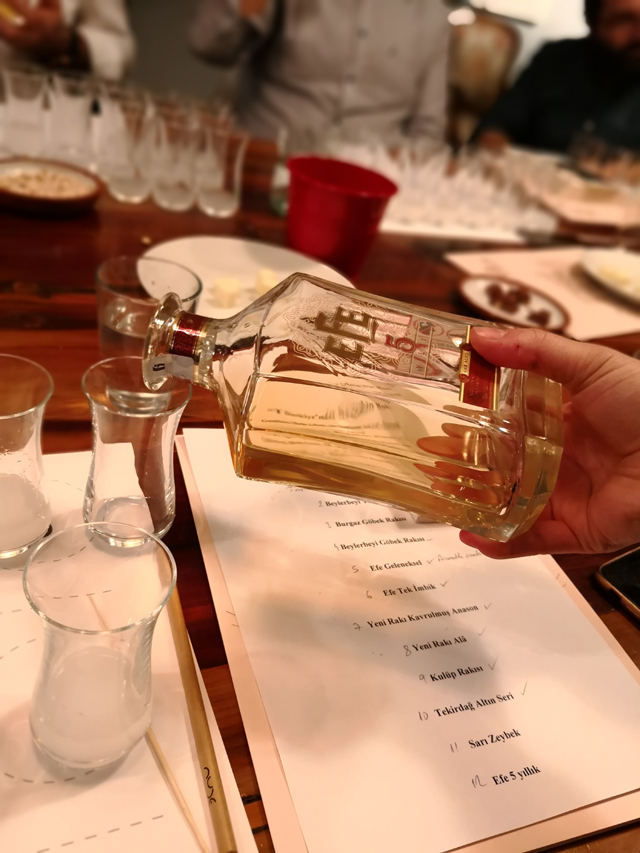
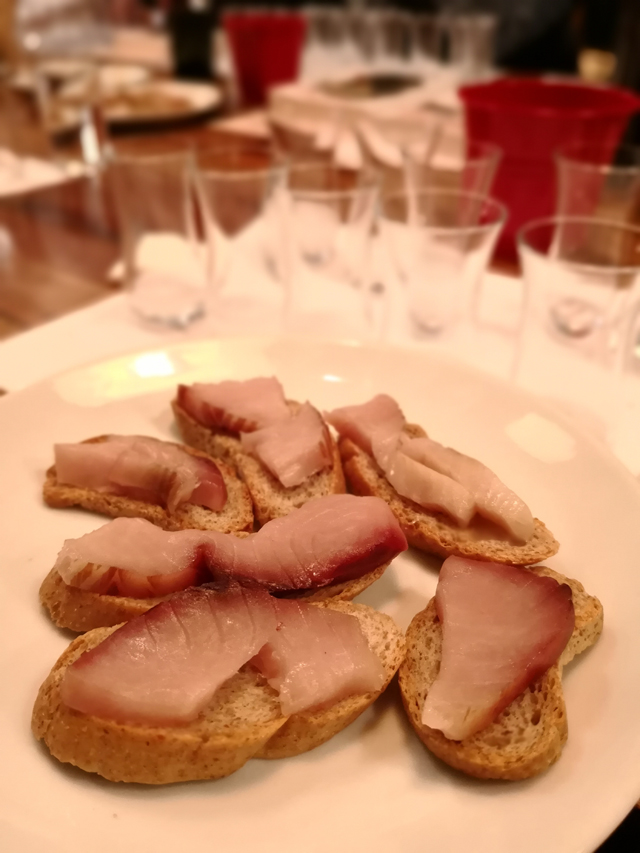
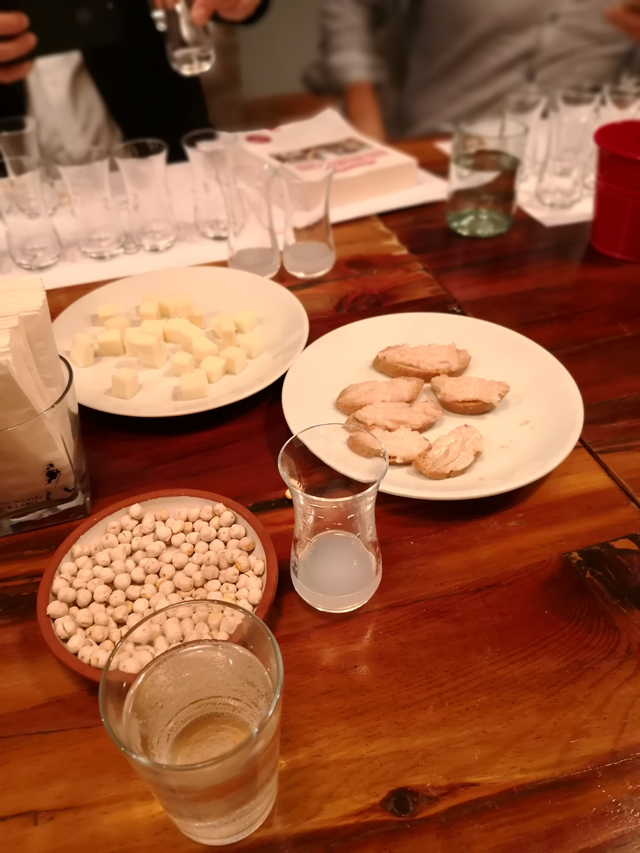
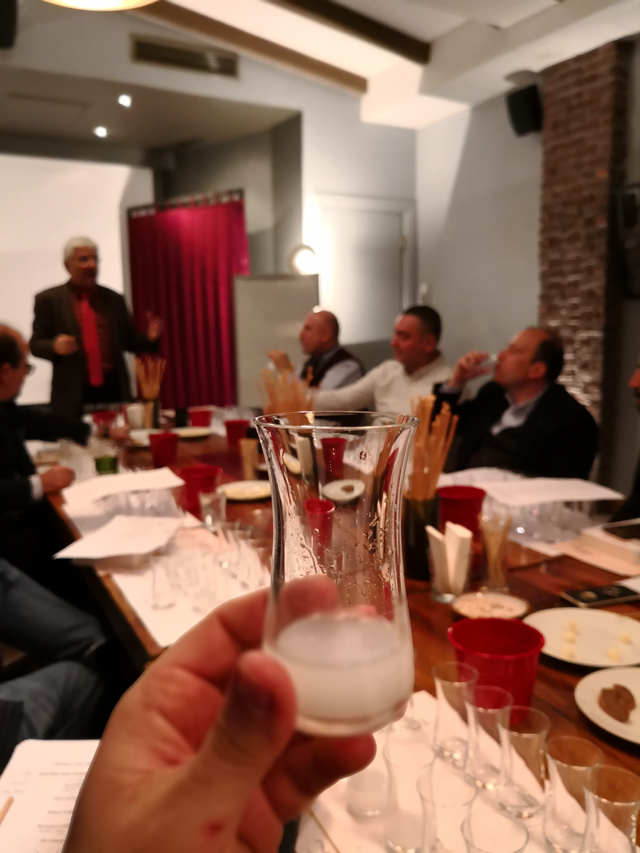
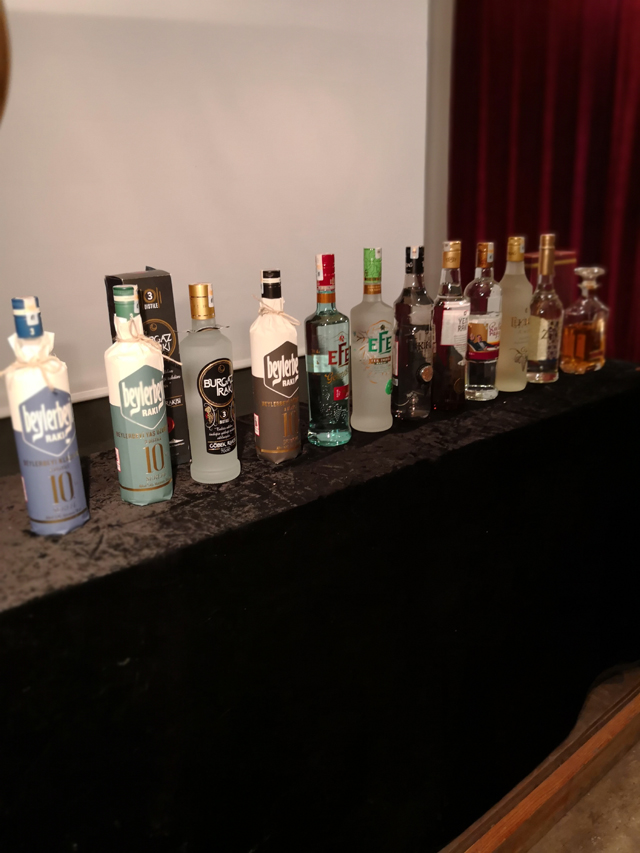
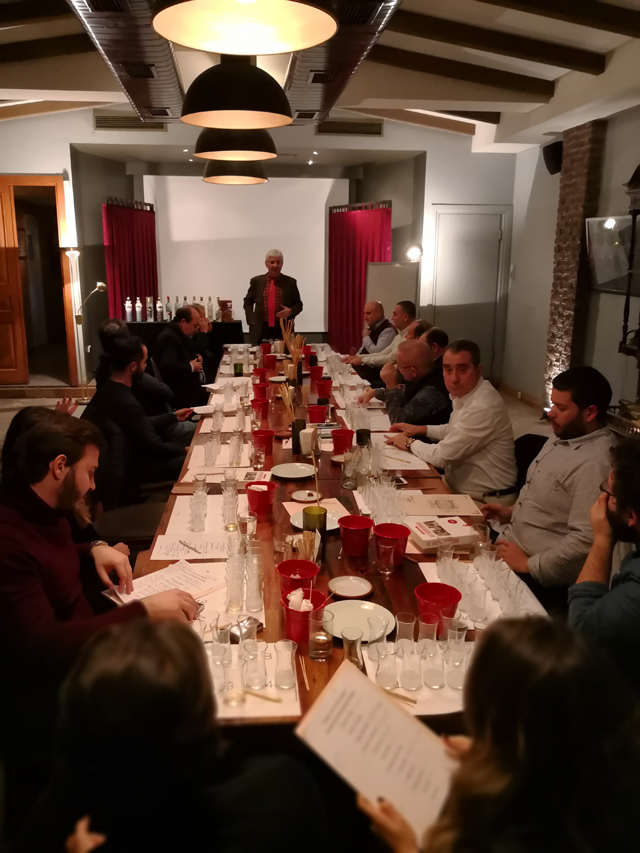
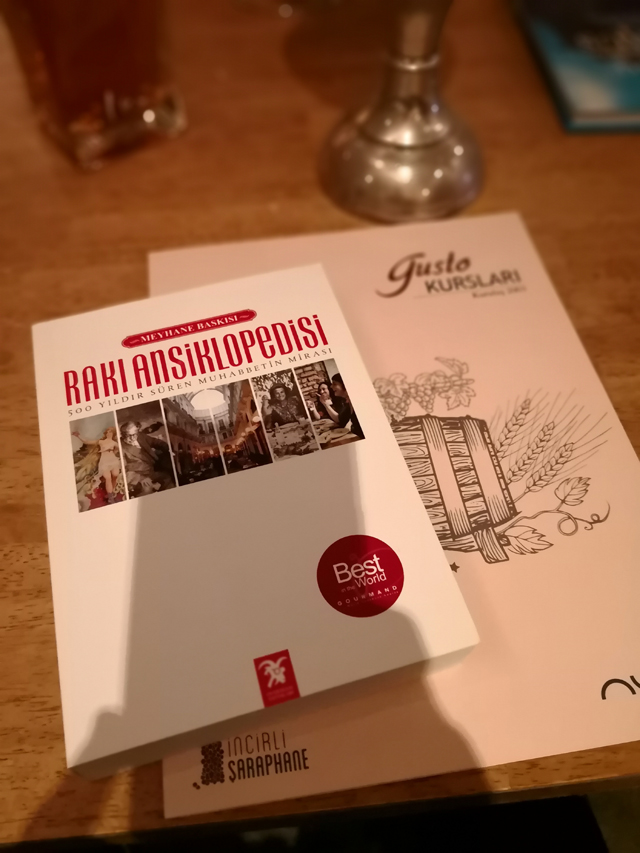


Foto Galeri
İletişim/Ulaşım
Adres:
Telefon:

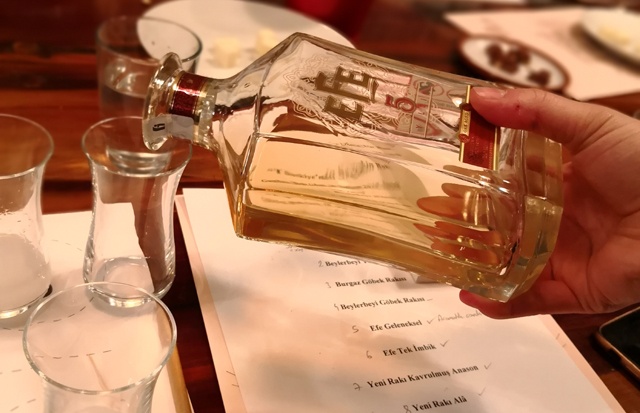

.jpg)
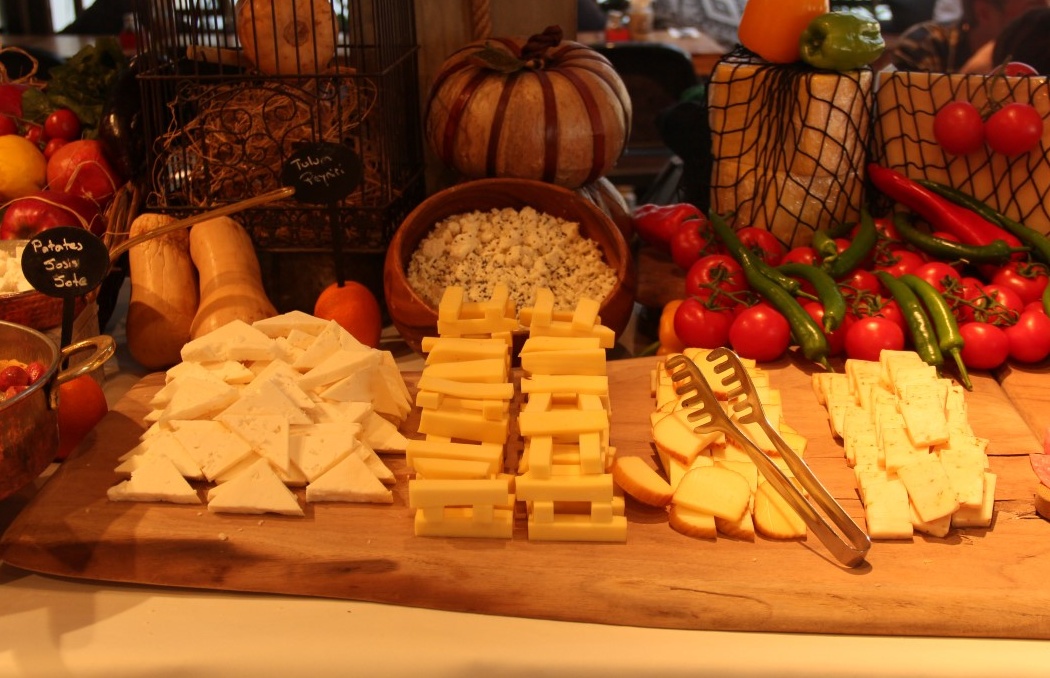

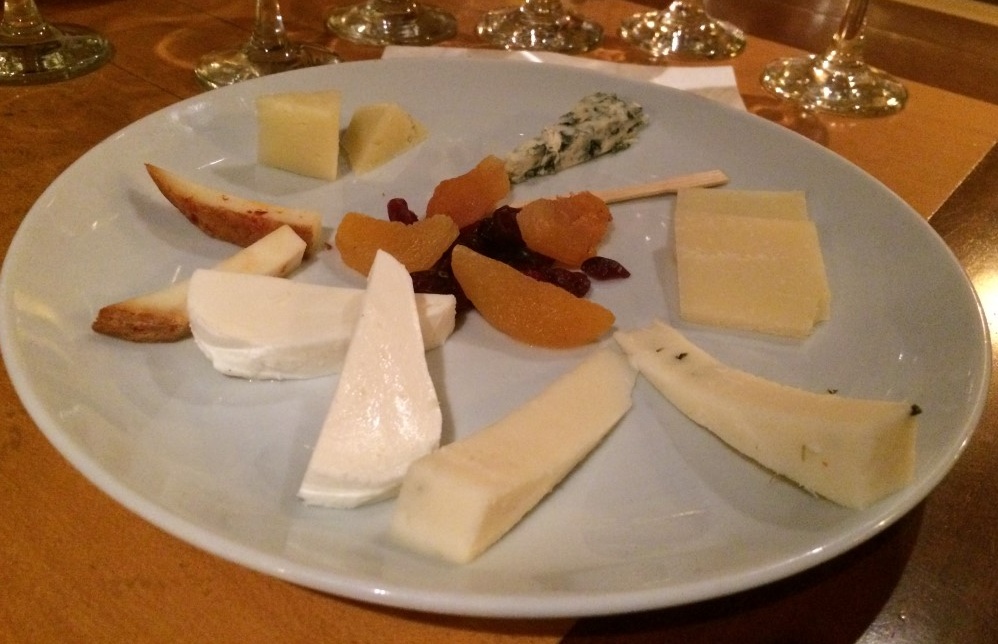
.jpg)
_cropped_(1).jpg)
.jpg)
_2_(300-180).jpg)
.jpg)
.jpg)
_cropped_(1).jpg)
_cropped_(1).jpg)
.jpg)
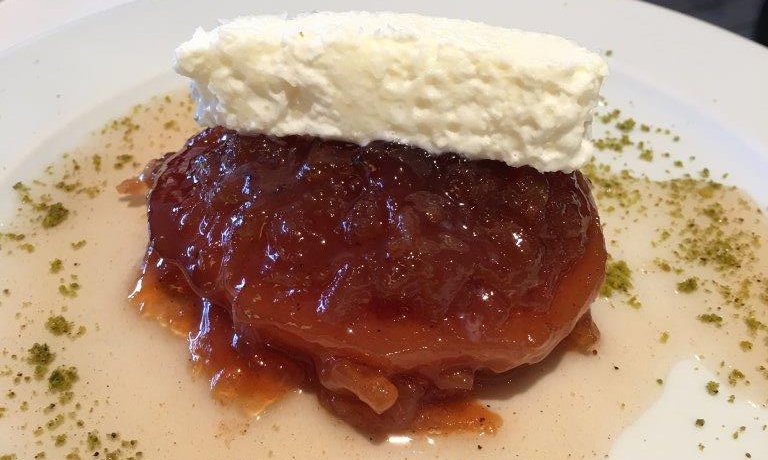
.jpg)
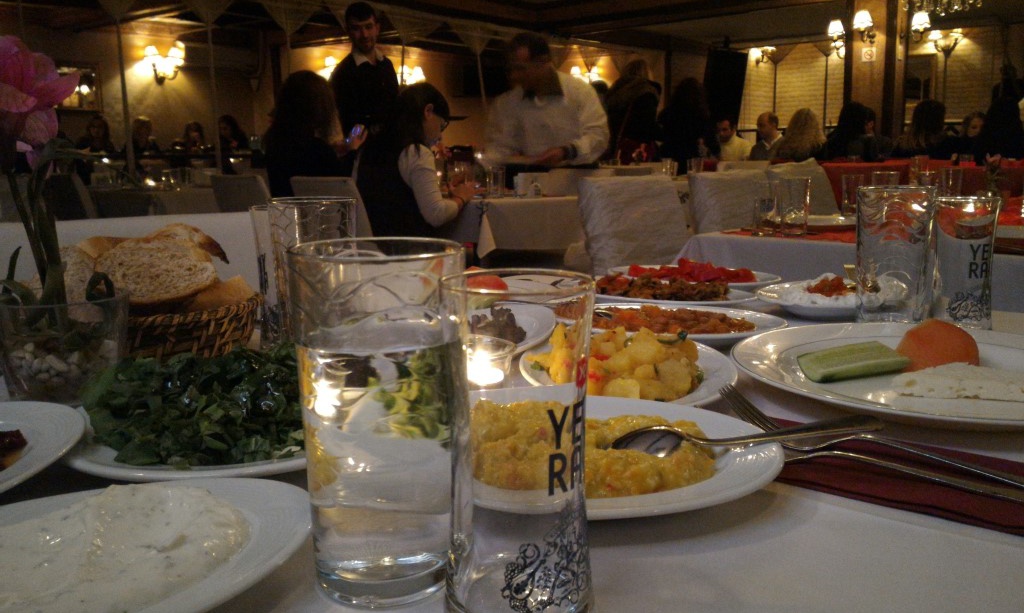
.jpg)
.jpg)
.jpg)
.jpg)
.jpg)
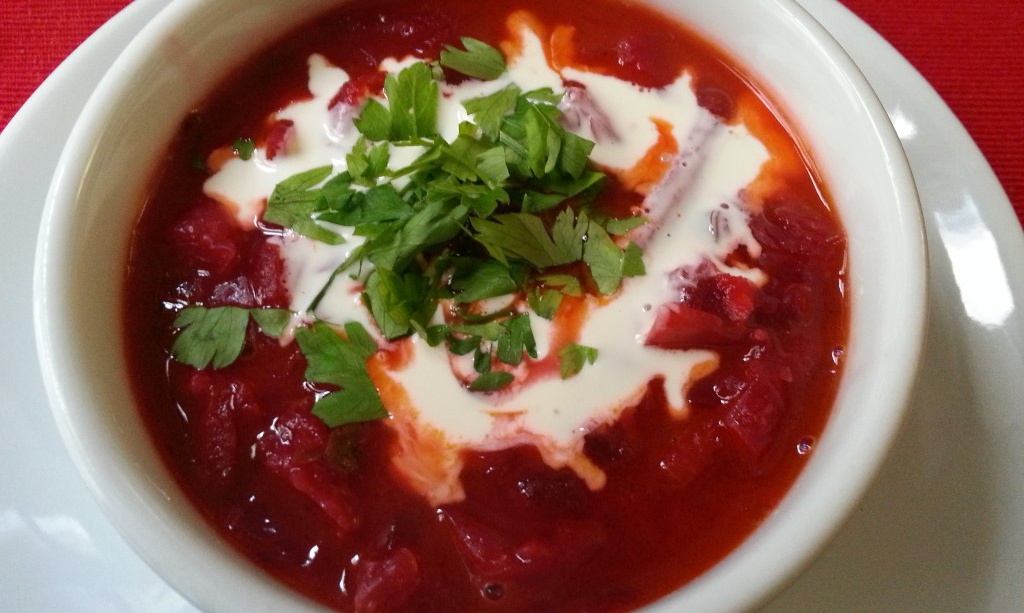
.jpg)
.jpg)
.jpg)
.jpg)
.jpg)
.jpg)
.jpg)
.jpg)
.jpg)
.jpg)
.jpg)
.jpg)
.jpg)
.jpg)
